Solo exhibition 3:e Våningen, Göteborg
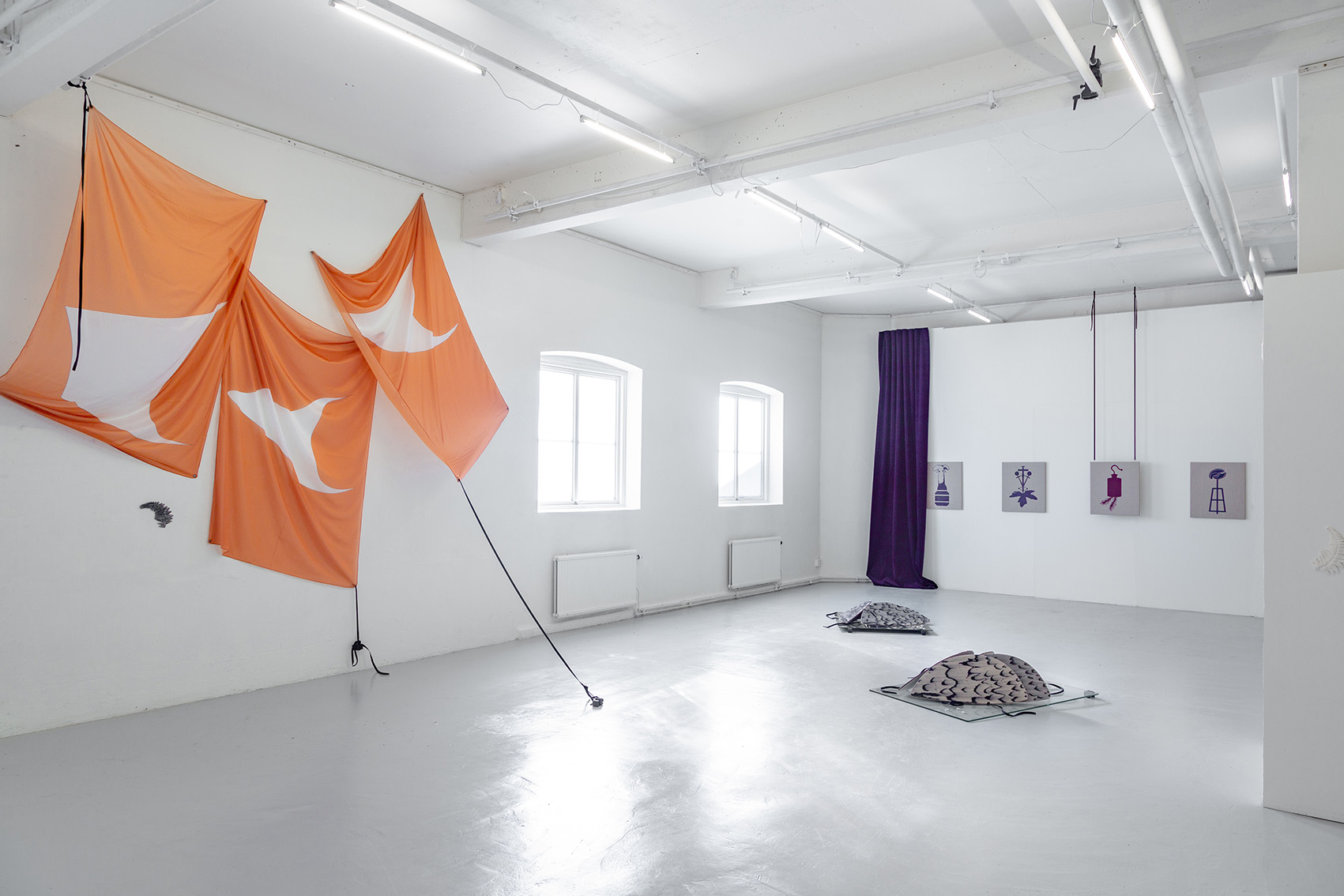
Varieté Métamorphose
- 2023
Solo exhibition 3:e Våningen, Göteborg

In the exhibition Varieté Métamorphose Åsa Norberg and Jennie Sundén approach the history of energy from different perspectives in a series of paintings, sculptures and textile works. A central idea is the "hybrid", which in the exhibition meets a local history of ”Sockerbruket”, which in the early 19th century housed one of Gothenburg's largest industrial companies, Klippan as Gothenburg's first port for larger ships and references to design history. |
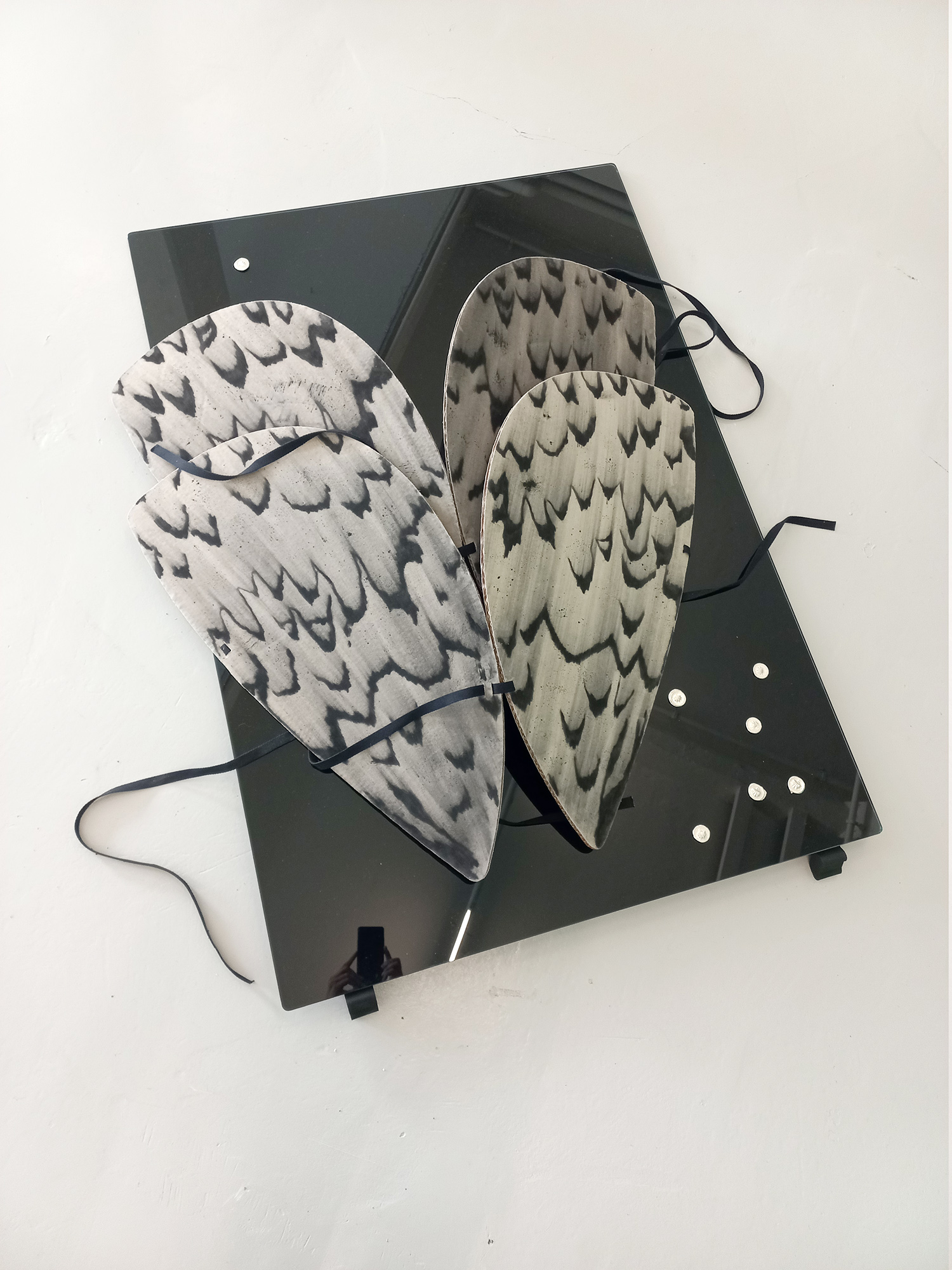
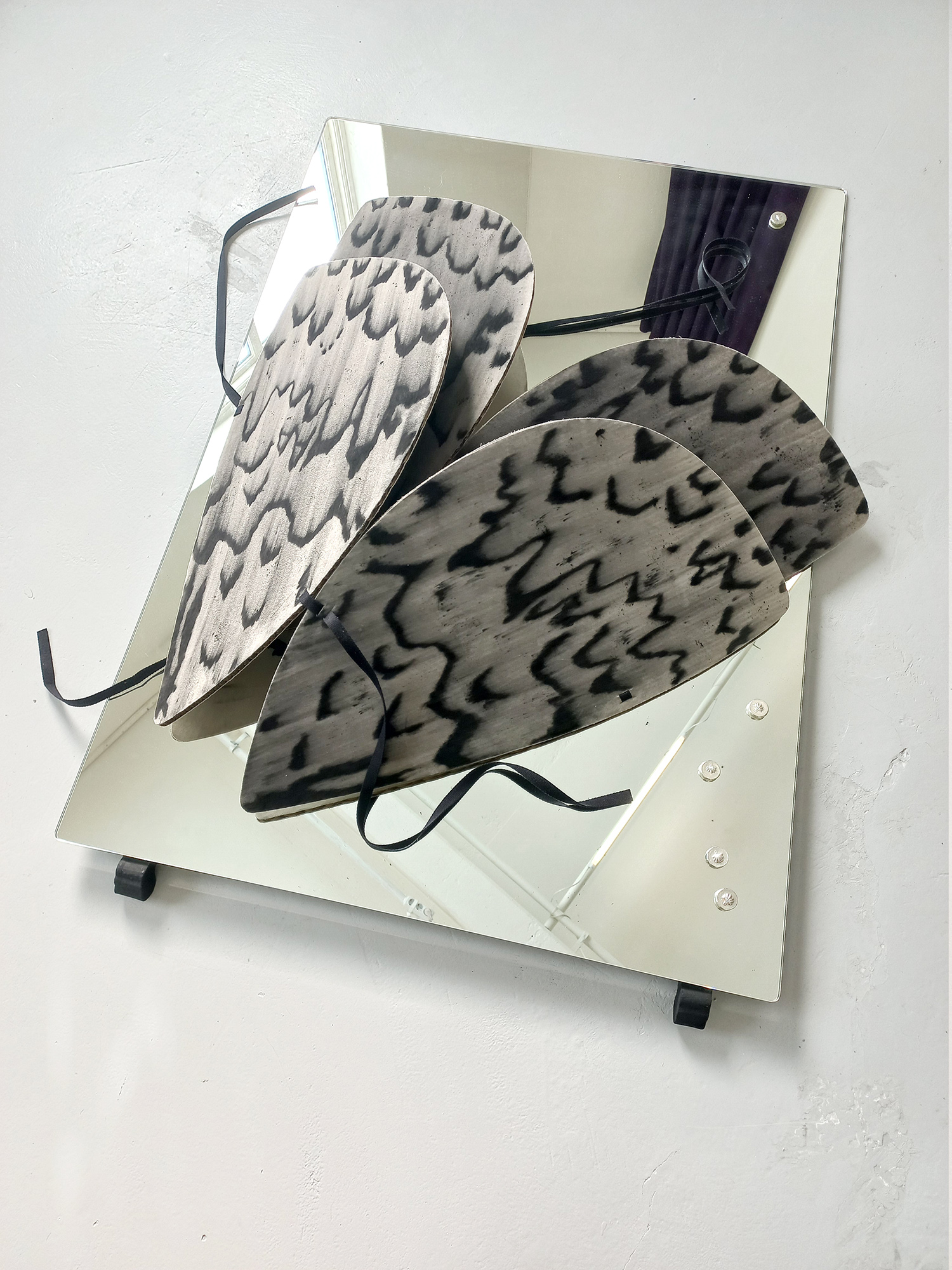
Tint and Shade |

Varieté Métamorphose (Mauvein) |
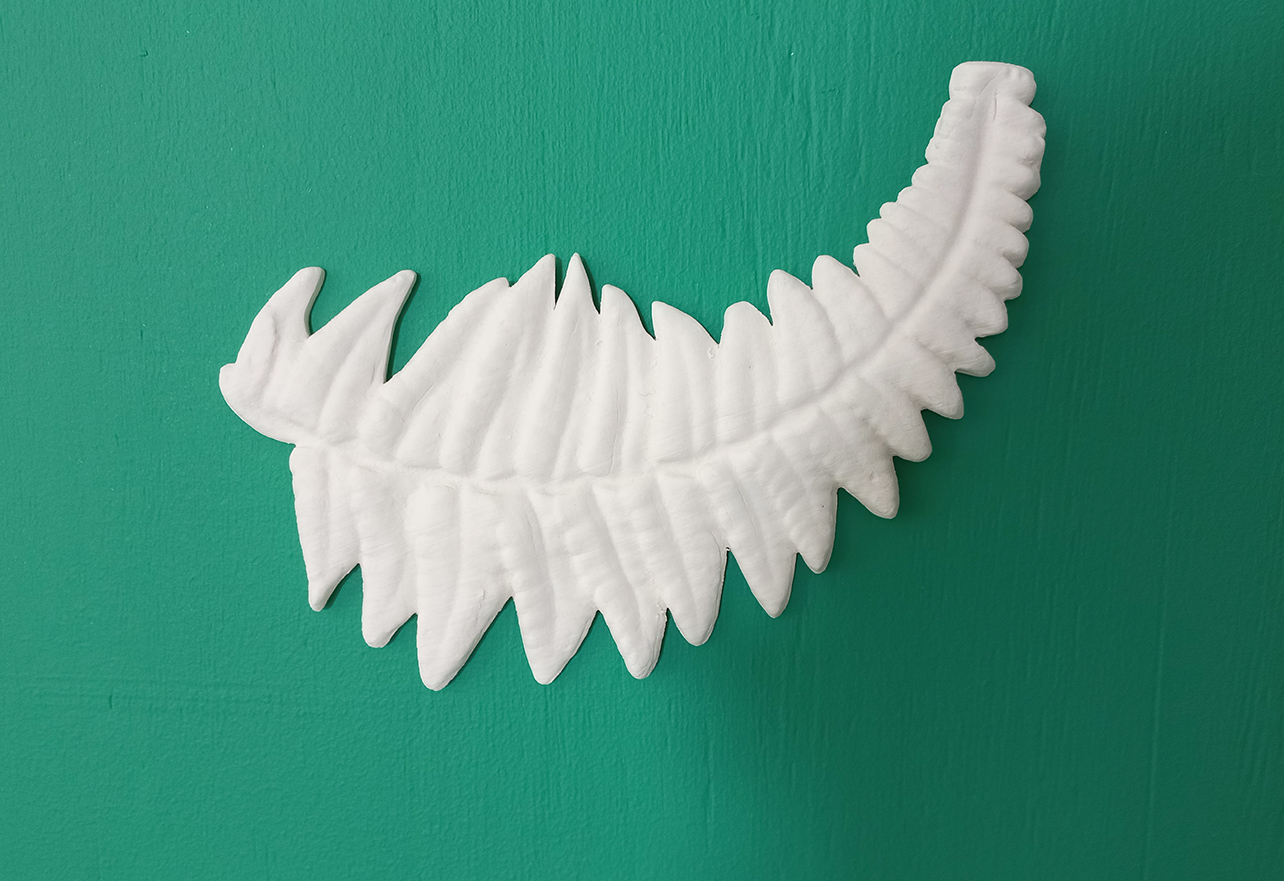
Fern Fever and Sugar Rush |
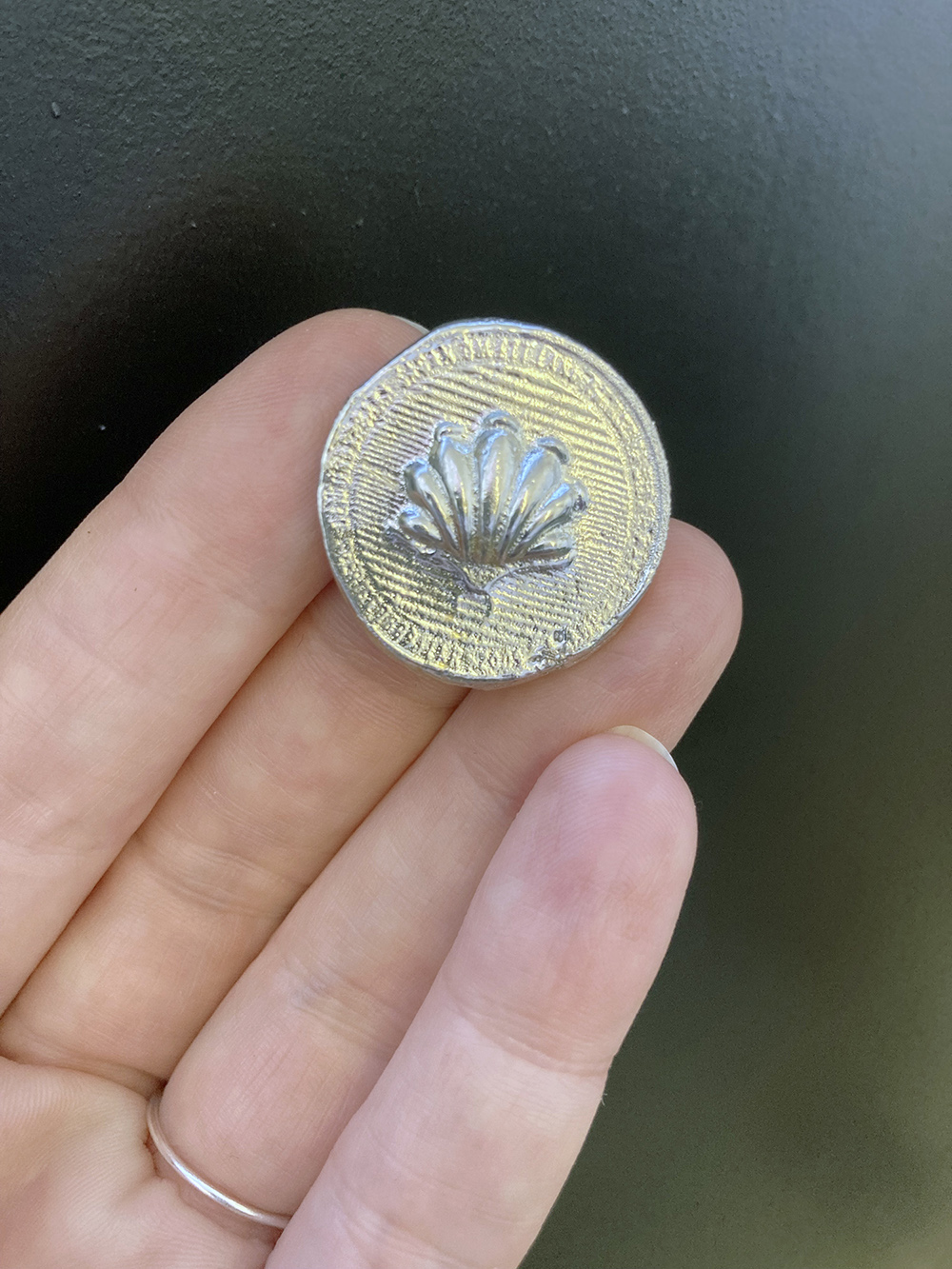
Sea and Shell |
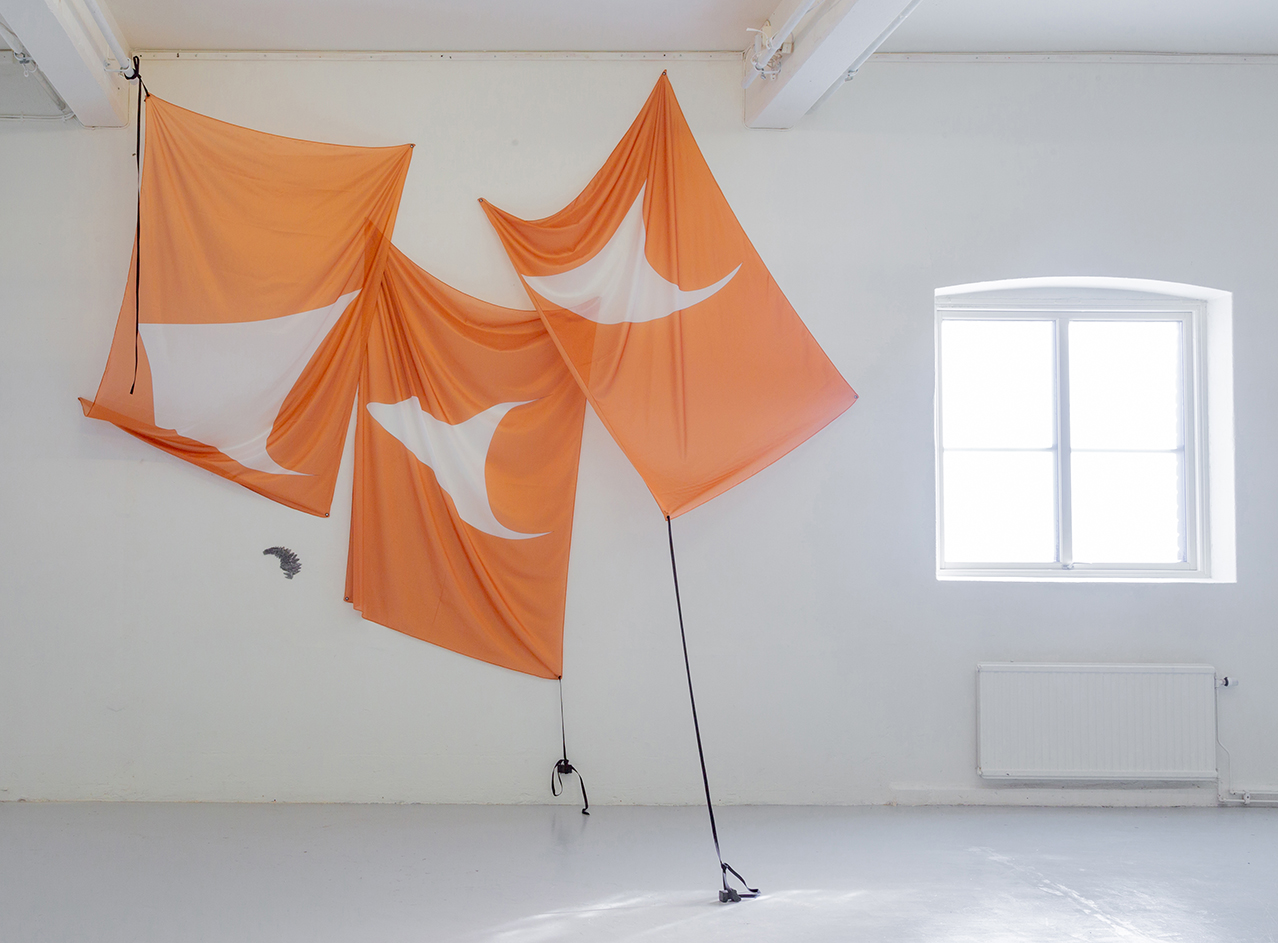
Trade Winds and Calima Fog |
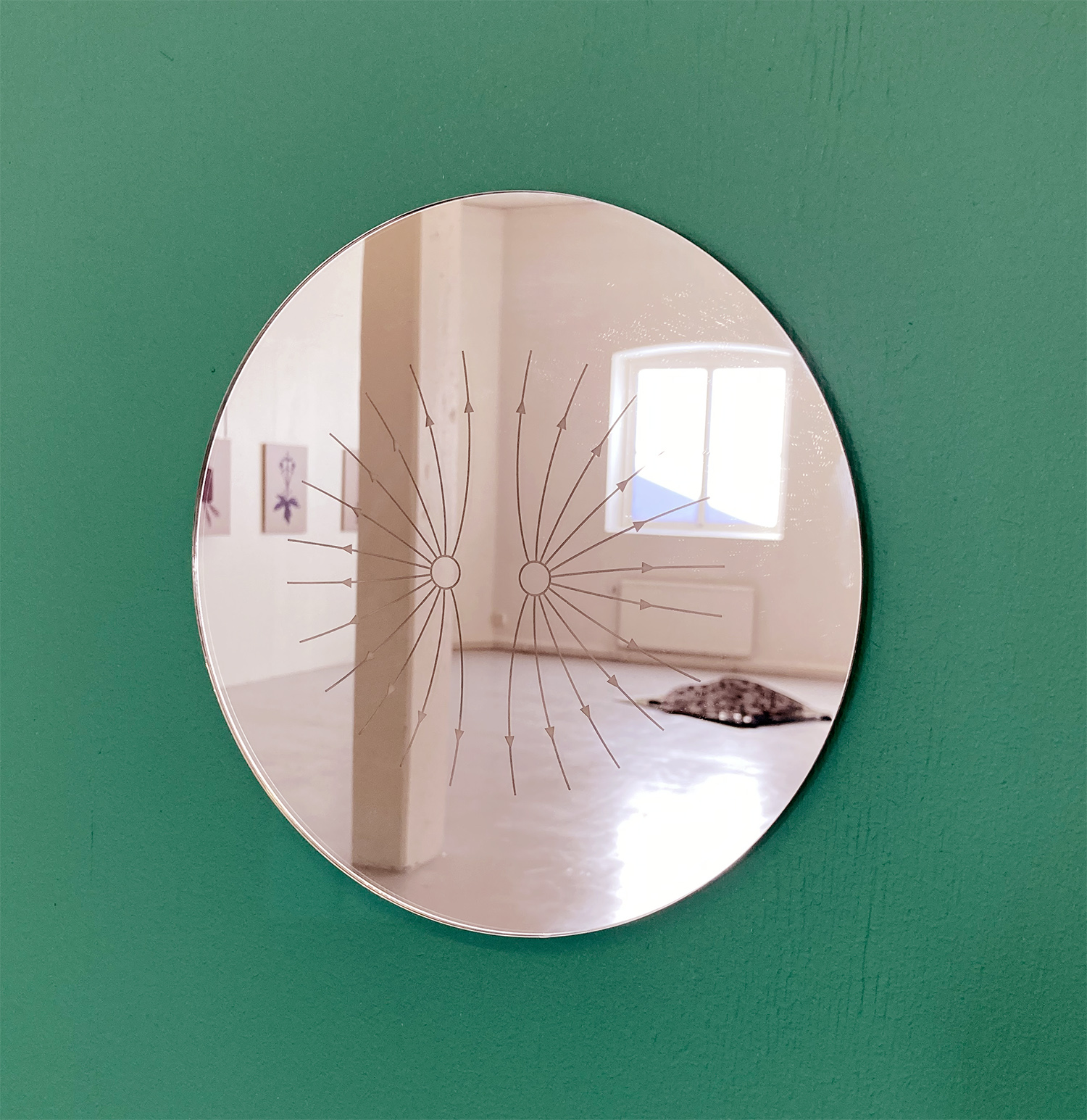
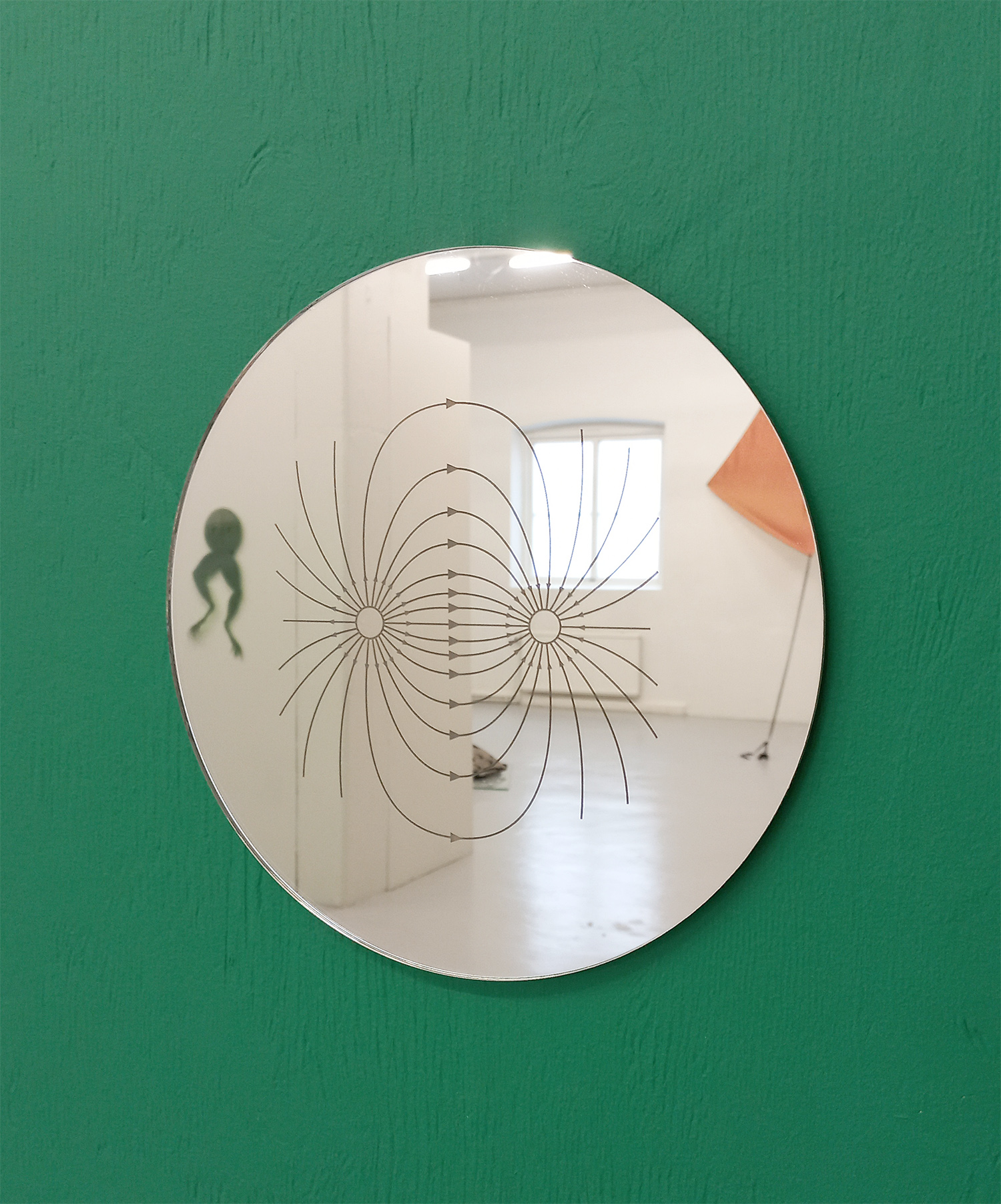
Emit and Merge |